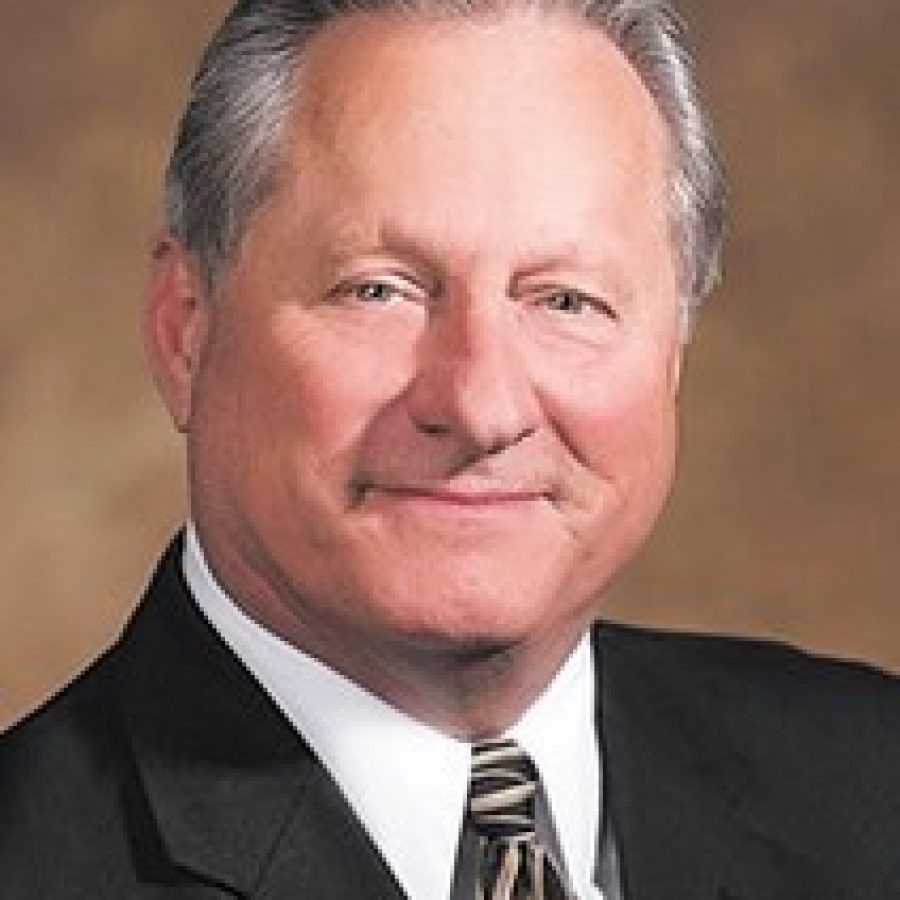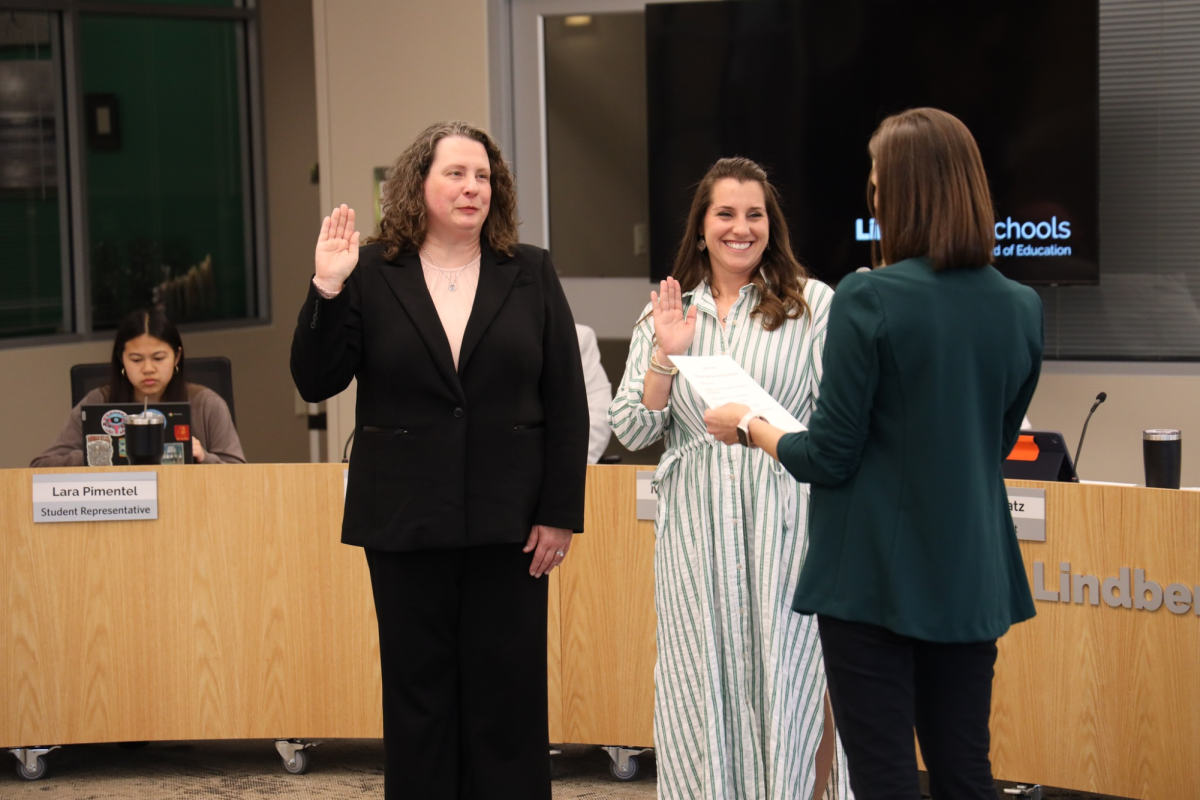Crestwood voters will consider a 45-cent tax-rate increase in the Tuesday, April 4, election.
The Board of Aldermen voted 7-0 last week to adopt an ordinance placing the 45-cent tax-rate hike on the ballot. A simple majority is required for approval.
Aldermen agreed to call the ballot measure Proposition C — for Crestwood — as long as the letter does not conflict with any other ballot measure by another taxing entity.
Ward 3 Alderman Jerry Miguel was absent, but told aldermen in an email that he would support placing a tax-rate increase up to and including 45 cents before voters, said board President Grant Mabie of Ward 3. Mabie chaired the Nov. 22 meeting in the absence of Mayor Gregg Roby.
If approved by voters, the 45-cent tax-rate increase would generate roughly $1.13 million annually for the city, according to City Administrator Kris Simpson.
That revenue would be used for “general municipal purposes, including paying the increased costs associated with operating a local Police Department, operating a local Fire Department, building and facility maintenance, and other city operational needs,” according to the ballot language.
The city’s 2016 tax rates are 27.8 cents per $100 of assessed value for personal property, 24.8 cents per $100 for residential property and 41.4 cents per $100 for commercial property. If Prop C is approved, those rates would increase to 72.8 cents for personal property, 69.8 cents for residential property and 86.4 cents for commercial property.
For the owner of a $200,000 home, the cost of Proposition C would be less than $15 per month, according to Simpson.
As first reported by the Call, Simpson told the Ways and Means Committee Sept. 6 that the long-term financial outlook for Crestwood is “grim.”
During a subsequent board work session, Simpson reviewed information he presented to the Ways and Means Committee that projected a $7.1 million cumulative deficit in the city’s general fund from 2017 to 2021. Among the assumptions used for the projection are providing current levels of service, employees progressing on the city’s pay plan when eligible, a 2-percent increase annually to the pay plan matrix, modest economic growth and average weather. The projection did not include any potential revenue from the redevelopment of the former Crestwood Plaza site.
Aldermen have been discussing placing a measure before voters since Simpson presented the five-year projection for the city’s general fund. During a Nov. 15 work session, aldermen voiced no objections when Mabie and Roby separately asked if they would support placing a 45-cent tax-rate increase on the ballot.
Based on the board’s Nov. 15 discussion, Simpson last week presented a revised five-year projection reflecting revenue from a 45-cent tax-rate increase. If voters approve a 45-cent tax-rate increase, the cumulative deficit in the general fund over five years would total $655,000.
Among the assumptions used to arrive at that projection are 0.5 percent growth in all revenue sources and changes to employee compensation as recently approved by aldermen. Aldermen recently agreed to reduce the cost of the pay plan for 2017 by removing the proposed 2-percent matrix adjustment and adding a 2-percent raise for employees not receiving a 5-percent step increase, except for new employees hired after July 1 and any employees with an unacceptable performance review.
Mabie asked if Simpson’s revised projection included any revenue from the redevelopment of the former mall site.
“There are none in this projection on the screen,” Simpson said.
Mabie said, “OK. And if those were included, I assume the numbers go slightly into the black. I know the impact is not significant using our projections.”
The city received an estimate of revenues the mall site would generate in a cost-benefit analysis prepared by its planner, Peckham Guyton Albers & Viets, or PGAV.
While PGAV used its professional experience to estimate projected revenue from the site, Simpson said, “They’re revenues that don’t yet exist based on no buildings in the ground or anything producing. So yes, if you were to imagine extra revenue in there, that would make the scenario look better. But to what degree and what extent?
“I can’t tell you with any degree of certainty. It would be speculation.”























